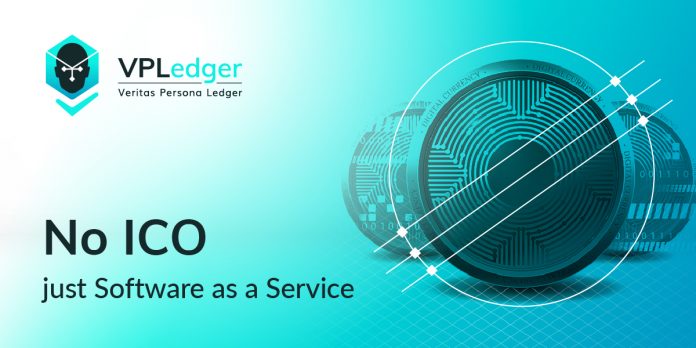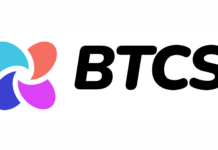A new freelancer work portal built on the VPLedger blockchain will offer new opportunities for building businesses and finding some of the best contractors in the world at a competitive price.
While eDEV might look and feel similar to a conventional freelancer work portal, the use of VPLedger’s blockchain technology behind the scenes enables several features and benefits that existing solutions cannot provide. Not only can clients source talented freelancers from a global labor market, and work with them with the confidence they will deliver what they promise, but they can raise funds and pay them quickly and seamlessly once the job is done. But what might this process look like in practice?
Launching a New Project
Let’s say you’re an entrepreneur who has come up with a new concept for a dApp: VCASH. This is a stable coin managed by smart contract and collateralized with Vimples – the native payment token of the VPLedger platform. VCASH is designed to track the value of USD, no matter what the price of the underlying Vimples. While you’re capable of articulating the concept clearly in a white paper, you need a specialist to convert that into code. You also need to secure the funds to hire a suitable developer. VPLedger is the ideal way of achieving both of these things.
Funding
Firstly, you need to secure funding to pay for your developer. You put together a simple website explaining your concept for VCASH and publish your white paper. Your target audience is other organizations that use the VPLedger ecosystem, who would benefit from a viable stable coin. Not only will they find it useful in their businesses, but their customer bases will help build network effect and popularise your project. VCASH is designed in such a way that every transaction entails a small reward being paid to your early backers. Thanks to the strength of your pitch, you succeed in gaining the desired $100,000 in funding, in Vimples.
Organizing the Work
The next step is to find a suitable freelancer to build your MVP. You have already browsed eDEV and established that there are developers who can provide the service you need within your budget. You now post an overview of the job on the portal, including links to your white paper and other technical specifications. Several developers apply for the job. Because eDEV includes feedback for every previous job, permanently recorded on the blockchain, you can immediately see which developers have the right skill set and track record of delivering the kind of complex smart contract code you require for VCASH.
Since this is a significant piece of work, you put together a timetable for the project, with a Gantt chart specifying different milestones and payment for each. You discuss this with the developer, fine-tuning it and both agreeing on the deliverables at each stage, before you finally structure the agreement on eDEV and both sign it. To start the collaboration, you lock some funds in a smart contract for the first milestone, plus an additional payment that may be made to the developer should you break off the agreement before the end. Before moving on to each subsequent stage, you will need to deposit a further tranche of funds to the escrow contract. This is designed to protect the developer from non-payment; however, a mediation service provided by a third party also protects you if the developer does not deliver the code to the required standard.
Payment
All goes well. The first three payments are made in Vimples. For the final stage, the stable coin itself can be used; this will be both proof of working software and your developer’s last payment. Once the software has been delivered, you deploy the dApp on the VPLedger network and use some of the Vimples remaining from your crowd sale to collateralize the creation of VCASH tokens. You use these to pay your developer, and the agreement is concluded.
Cashing out
Your developer now holds both Vimples and VCASH. He can exchange these securely and efficiently on the VPLedger platform for any other supported currency, including to fiat currencies that he can withdraw to his bank account. Alternatively, he can cash out his VCASH via any business that supports this option, including those owned by your early backers. He can use VCASH to purchase goods and services from them, or cash them out to his bank, or simply continue to hold them in his VPLedger account – since he may wish to spend them in the future.
Powered by VPLedger
All of this is only possible thanks to VPLedger, the enterprise-grade blockchain solution that hosts the VCASH application and the eDEV platform. VPLedger’s smart contracts are used to build both the freelancer work portal and the dApp your developer creates. Moreover, VPLedger’s built-in decentralized currency exchange enables you to create and sell a custom-minted token to raise funds for your project, as well as allowing your developer and other users to convert one currency to another and cash them out into the mainstream financial system, should they wish.
Lifetime Membership Offer
VPLedger is currently in working alpha, and early users and businesses can register and test out the platform. Accounts will be migrated to the main net upon full launch in January 2020. Individual users can purchase Lifetime Membership for just EUR 500, fully refundable upon main net launch – effectively gaining membership for absolutely free. Benefits of lifetime membership include reduced fees and an affiliates program that will generate significant passive income from referrals. Meanwhile, companies that sign up to use VPLedger are eligible to claim EUR 25,000 worth of Vimple tokens, helping them to digitalize their businesses using the platform’s products and services.
If you would like to find out more or are interested in joining VPLedger as a co-founder or becoming a seed investor in OpenLedger ApS, please get in touch with Ronny Boesing.










